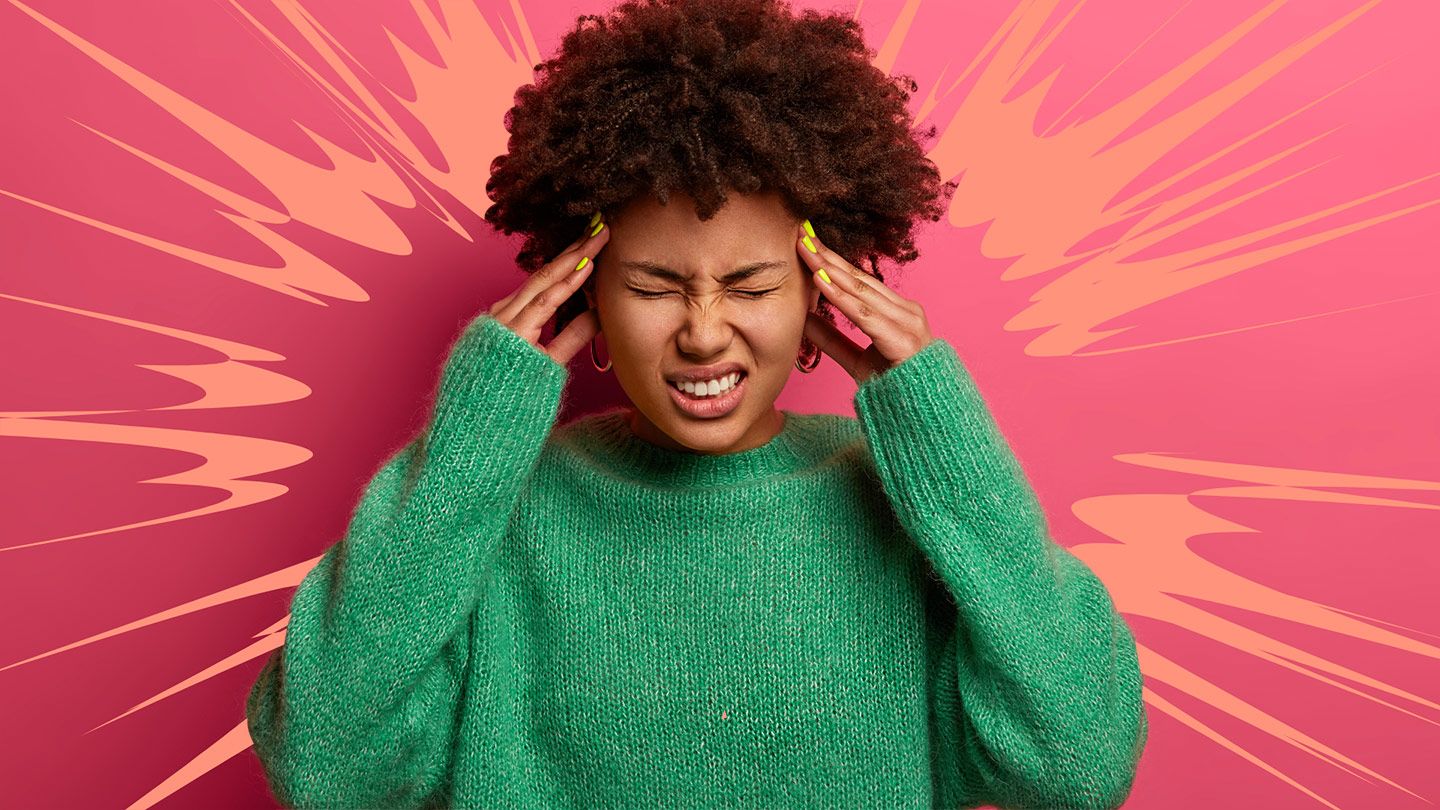Migraine is a neurological disorder characterized by severe periodic attack of headache associated with other symptoms like nausea, vomiting, sensitivity to light or sound. It is a very common clinical condition now a days. Character of pain is pulsating in nature, affect one side of the head, duration ranges from 3 hrs to 3 days. Usually migraine is seen more in females than males. Mostly seen in the age group 30-35.Some patient have an evident family history. Physical exercise, stress, head injury and even some food trigger the migraine episodes. Migraine causes as a result of some chemicals in the brain. It also causes enlargement in the vesicle of brain leads to increased blood flow through it.
Causes
Exact cause of migraine is not known. It occur as a result of release of certain chemicals known as serotonin. Increased production of serotonin leads to vasoconstriction leading to heavy periods of headache.
Triggering factors
- Stress
- Anxiety
- Fluctuation of oestrogen hormone before or during menstruation, pregnancy, menopause
- Changes in barometric pressure causes migraine.
- Neurological conditions like epilepsy, Alzhiemers trigger migraine.
- Positive family history trigger migraine.
- Caffeine trigger
- Cheese, yeast, chocolate, processed meat causes migraine.
Symptoms
The main symptom of migraine is headache. It is very dull at the beginning, gradually changes to pulsating pain at the end of 3 hours. Pain can shift from one side of head to other side. Some people experience pain at the back of the head or around the eye.
- Prodromal symptoms
- Depression
- Irritability
- Dizziness
- Frequent urination
- Sensitivity to light and sound
- Nausea
- Fatigue
- Yawning
- Difficulty to sleep
- Difficulty to speak and read
- Muscle stiffness
- Aura symptoms
- Temporary loss of sight
- Weakness of one side of body
- Visual disturbances
- Pin and needle sensations of arm and leg
- Hallucinations
- Sensitivity to smell, touch and sound.
- Stomachache.
Ayurvedic management
In Ayurveda migraine can be correlated with Ardhavabhedaka. Headache mainly localized on half side of the face, so known as Ardhavabhedaka. It repeats its episodal attack on every fortnight or month and subsides on its own course too. On severe grade it destructs either sight or hearing ability of the patient. According to Ashtanga Hridaya it is a type of Vathika Sirasoola.
Ayurvedic treatment for migraine involves
- Abhyanga- Oleation therapy to the head with head massage which increases the circulation of the head.
- Svedana- It helps to cleanse and open up the channels of head and reduces the stiffness.
- Nasya- Special herbal formulations are instilled into the nostrils thereby reaching the brain channels and relieve the disease.
- Sirolepana- External application of herbal paste over the forehead.
- Dhoomapanam- Along with these treatments, some medicines are taken externally to cure the condition.

